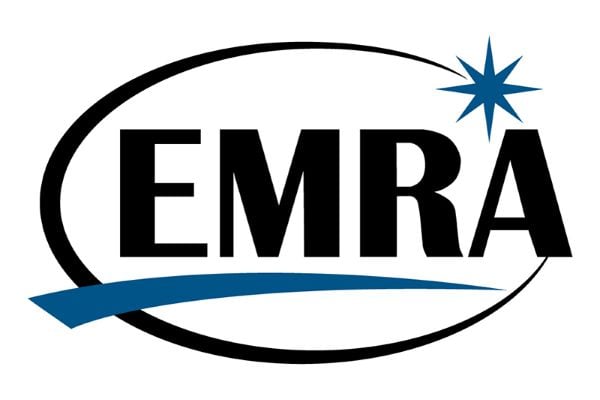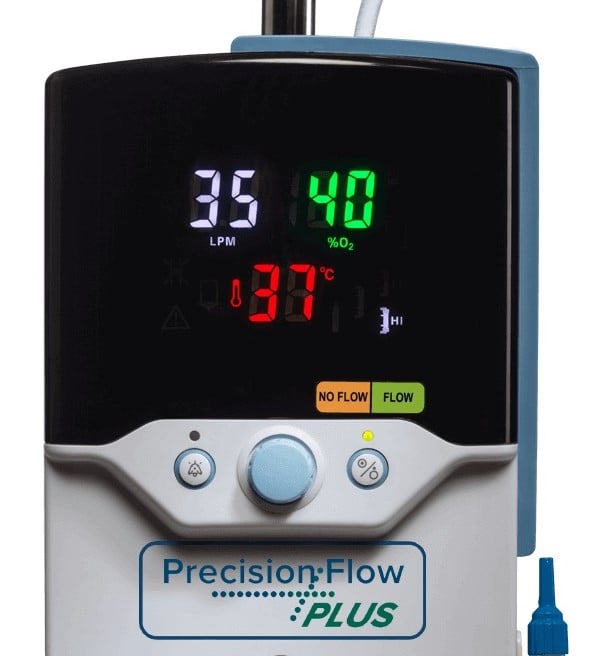High Flow Nasal Cannula
High Flow Nasal Cannula with Dr. Jessica Whittle
August 15, 2020
In this episode of EMRA*Cast, Dr. Jessie Werner and Dr. Jessica Whittle discuss high flow nasal cannula. Unsure of the difference among nasal cannula, a venti mask or a non-rebreather? Sick asthmatics? Pedi patients? Pneumonia? Learn when to use this modality to improve patient comfort and help stave off intubation.
Host
Jessie Werner, MD
University of California San Francisco – Fresno
Fellow - Emergency Medicine Education
@JessWernerMD
EMRA*Cast Episodes
Overview:
In this episode of EMRA*Cast, Dr. Jessie Werner and Dr. Jessica Whittle discuss high flow nasal cannula. Unsure of the difference among nasal cannula, a venti mask or a non-rebreather? Sick asthmatics? Pedi patients? Pneumonia? Learn when to use this modality to improve patient comfort and help stave off intubation.
Key Points:
- Regular nasal cannula goes up to 15L/min but patients are really only getting about 6L/min because of outside air mixing in
- The progression of FiO2 goes nasal cannula🡪venti🡪non-rebreather
- High flow nasal cannula goes up to about 40L/min of flow and is humidified so it’s more comfortable for patients
- Evidence points to a mortality benefit using high flow nasal cannula in pneumonia patients
References:
- Jentzer, Jacob, Cameron Dezfulian, and Lillian Emlet. "High-Flow Oxygen through Nasal Cannula in Acute Hypoxemic Respiratory Failure: the FLORALI study." F1000Research 5.41 (2016): 41.
- Frat, Jean-Pierre, et al. "Preoxygenation with non-invasive ventilation versus high-flow nasal cannula oxygen therapy for intubation of patients with acute hypoxaemic respiratory failure in ICU: the prospective randomised controlled FLORALI-2 study protocol." BMJ open 7.12 (2017): e018611.
- Milési, Christophe, et al. "High flow on the rise—pediatric perspectives on the FLORALI trial." Journal of thoracic disease 7.8 (2015): E230.
Related Content

Aug 25, 2017
Your Home
The Emergency Medicine Residents' Association EMRA is the voice of emergency medicine physicians-in-training and the future of our specialty and the largest and oldest independent resident organization in the world. EMRA was founded in 1974 and today has a membership over 18,000 residents, medical students, and alumni.







